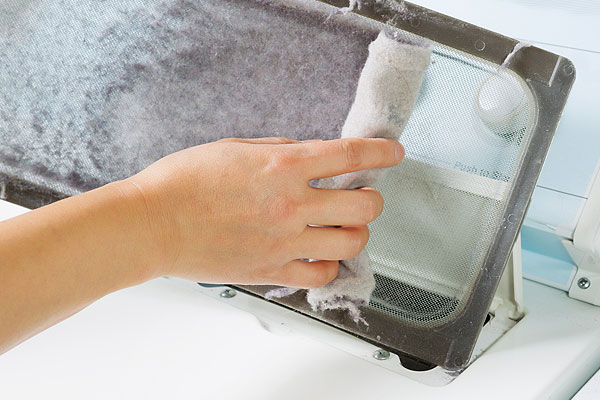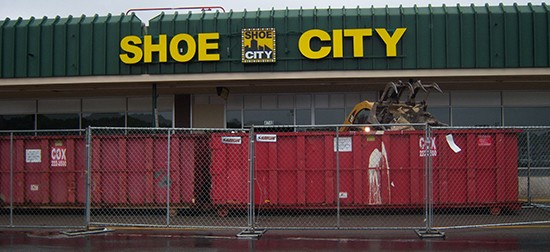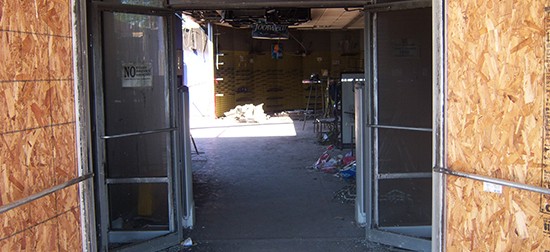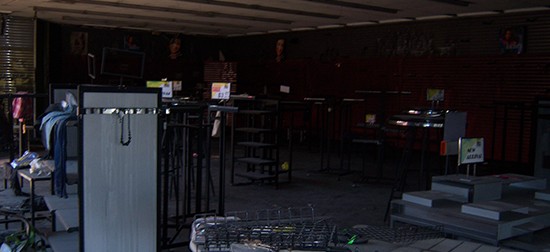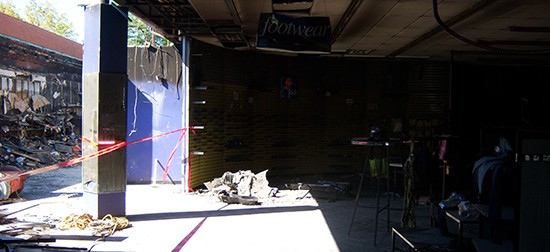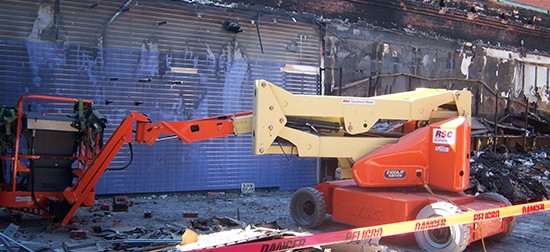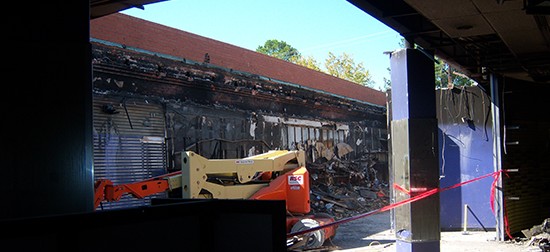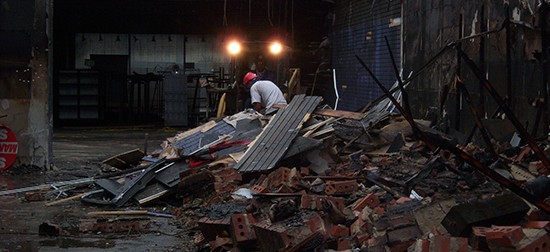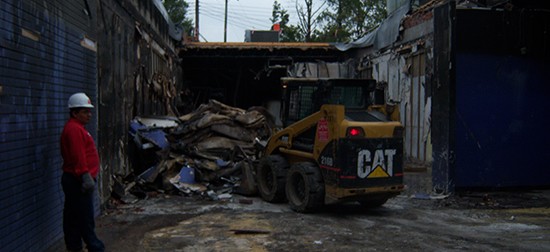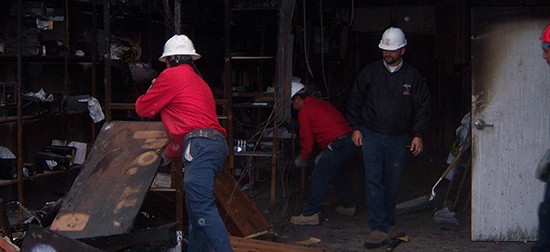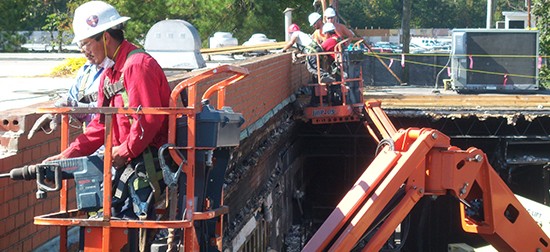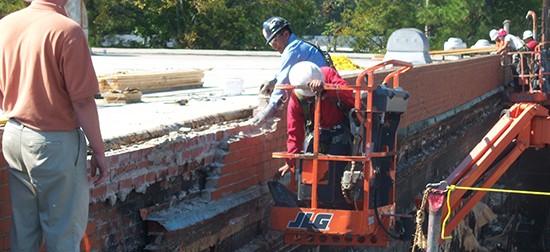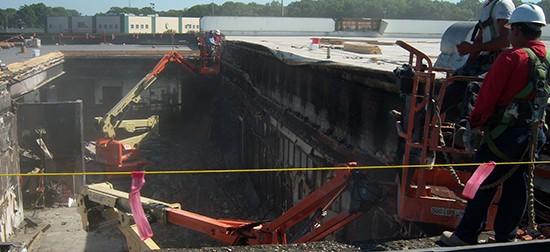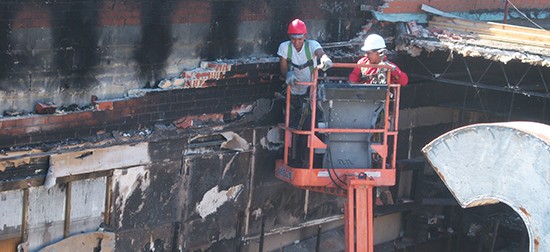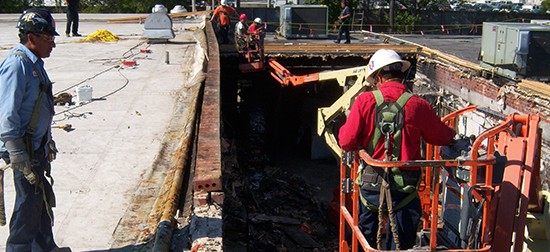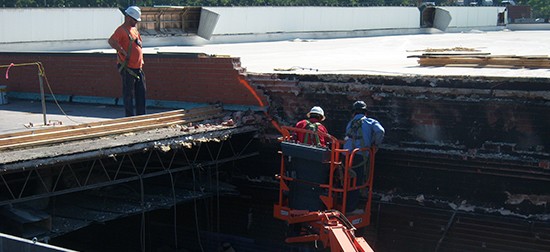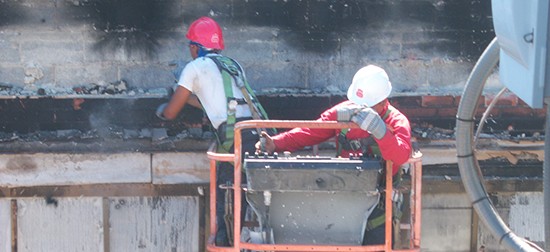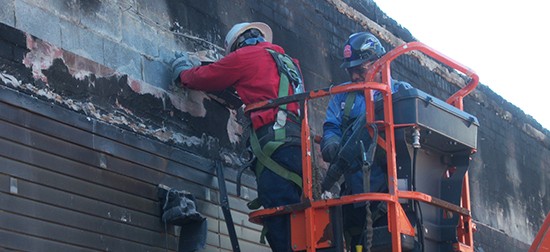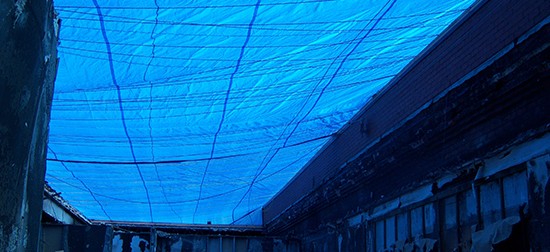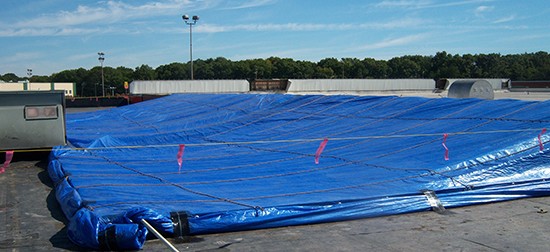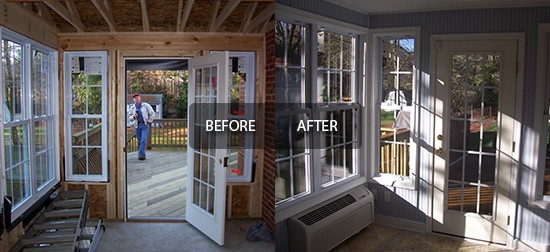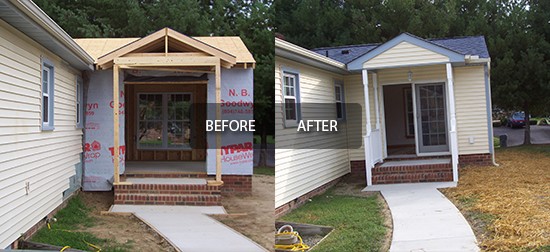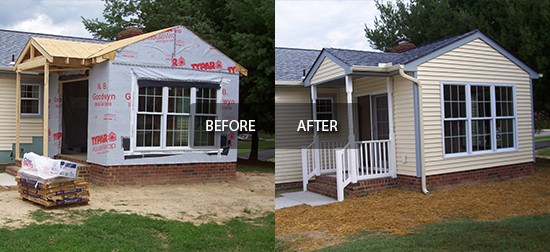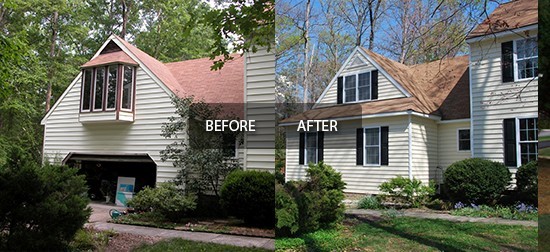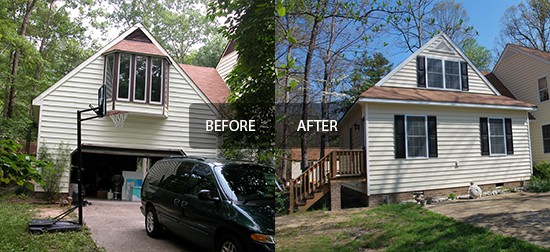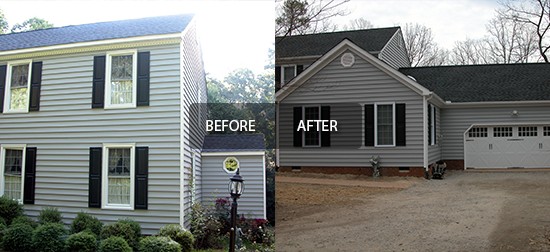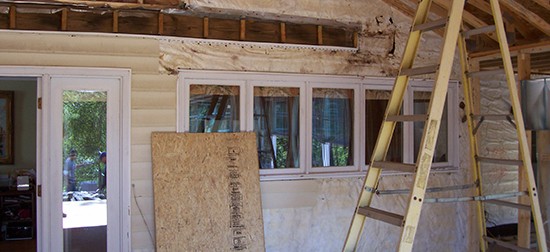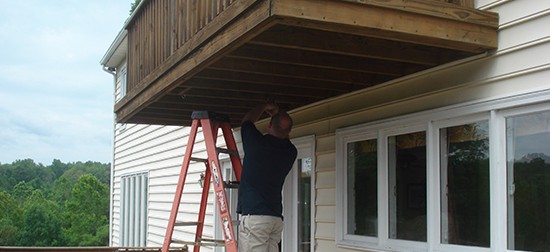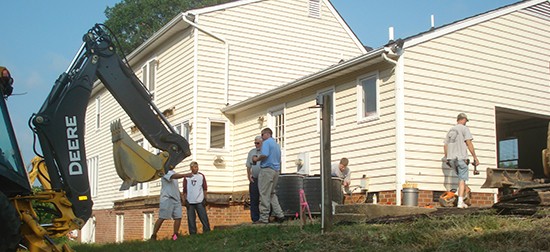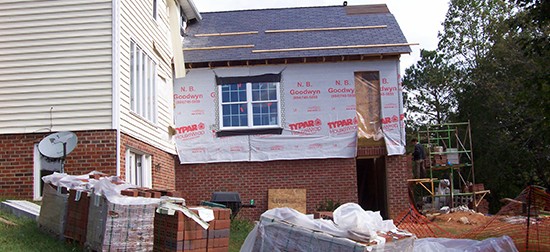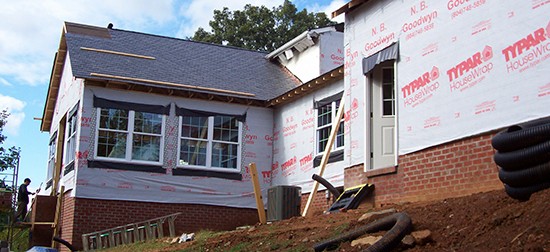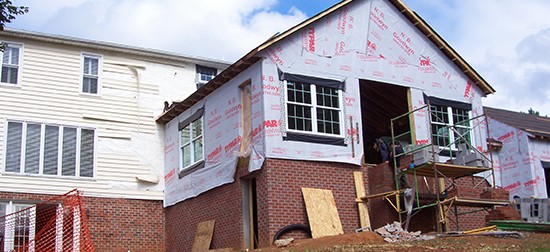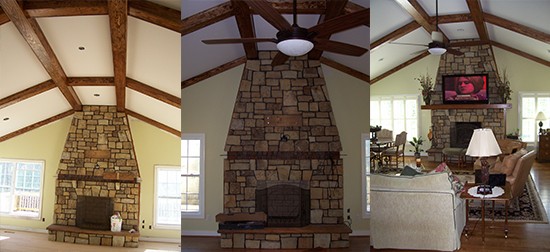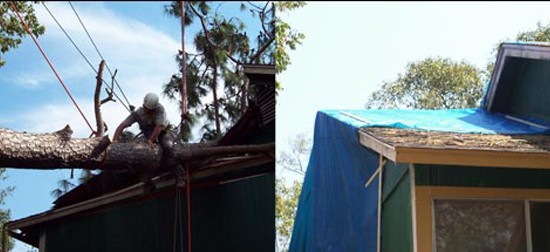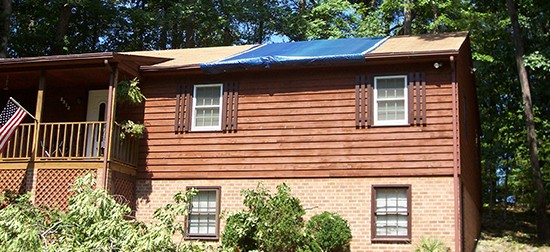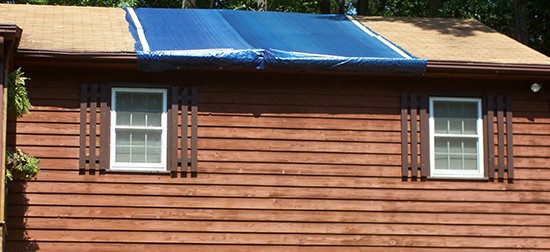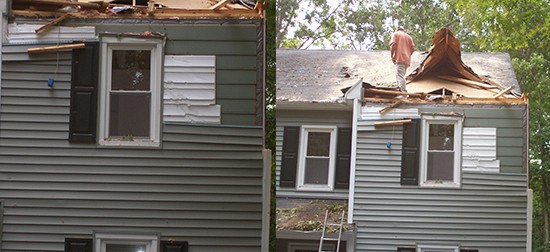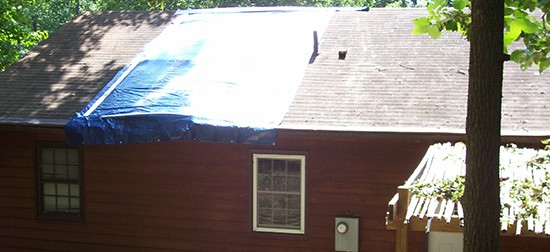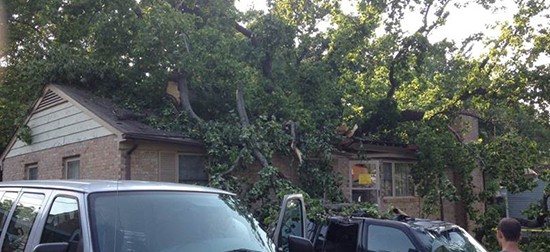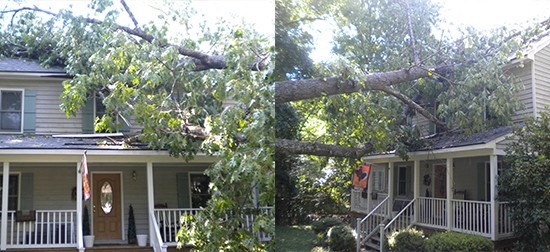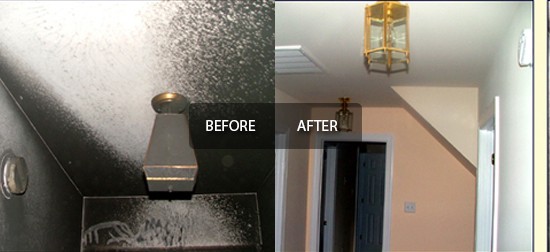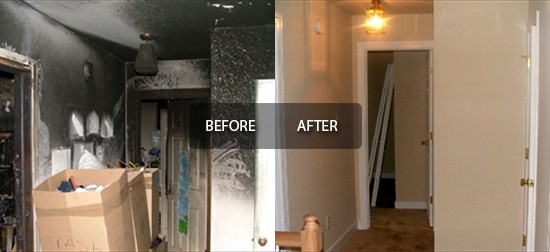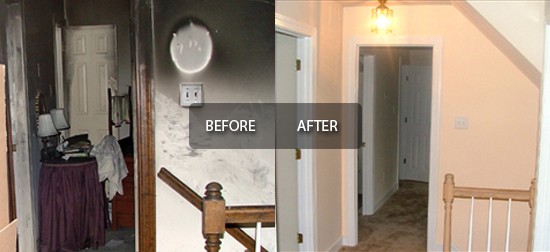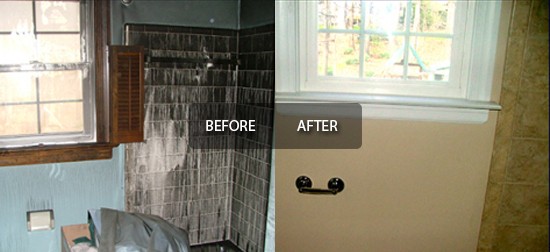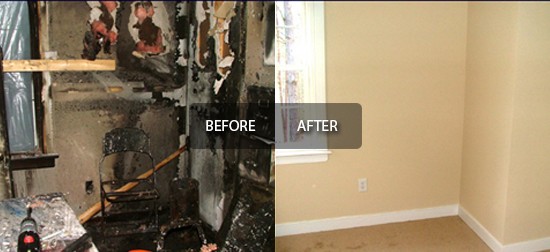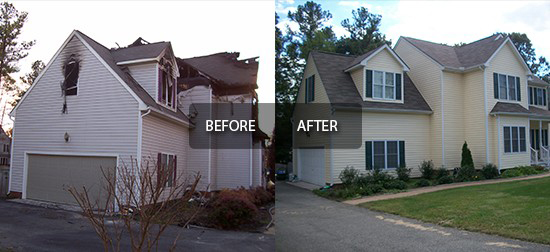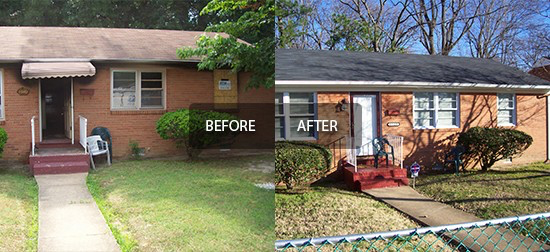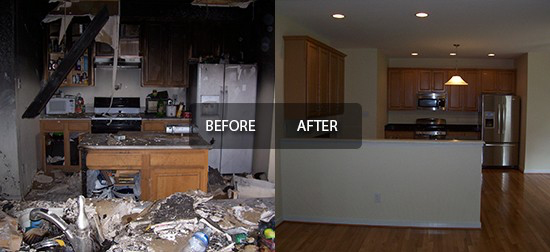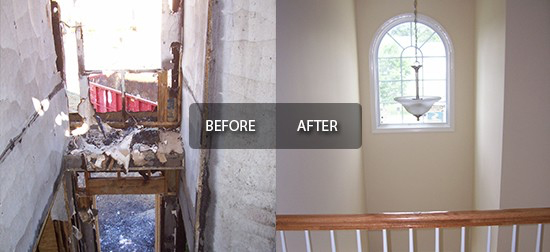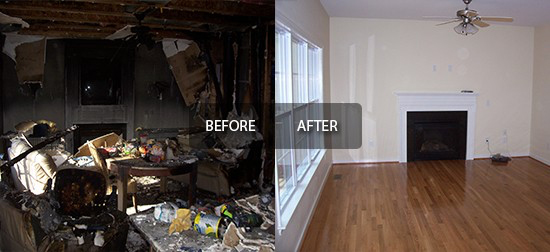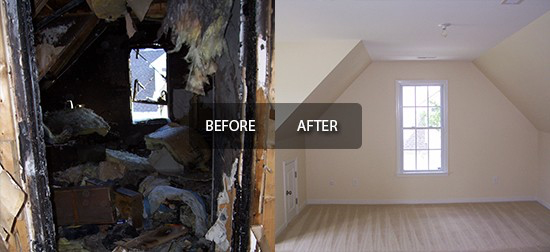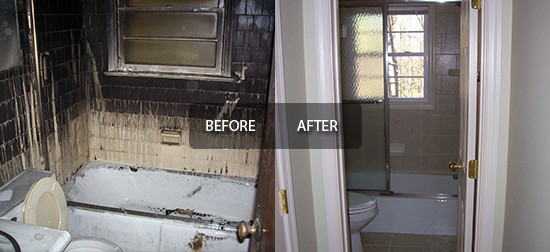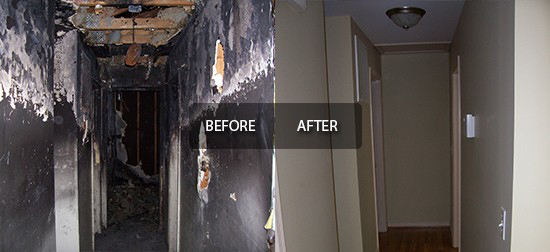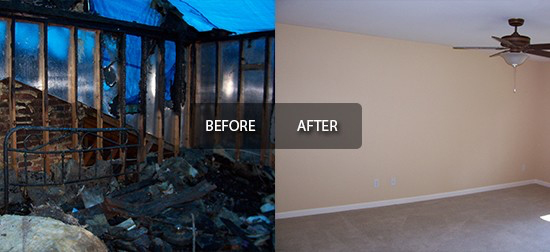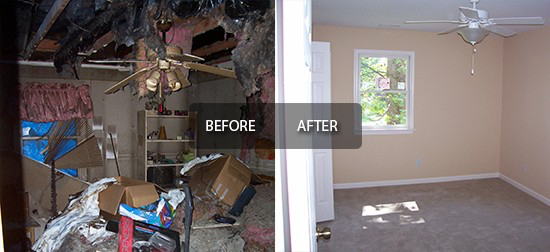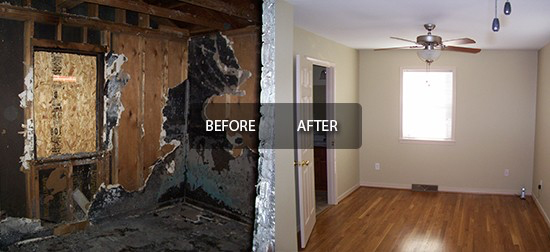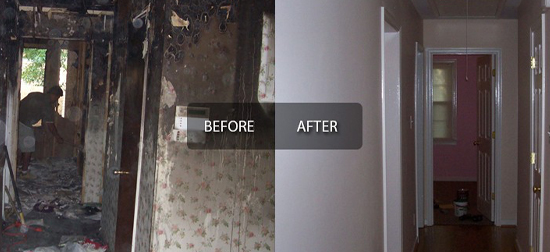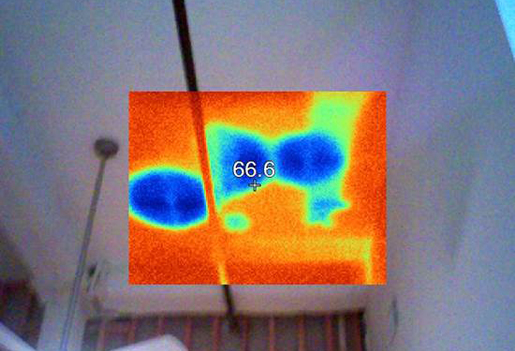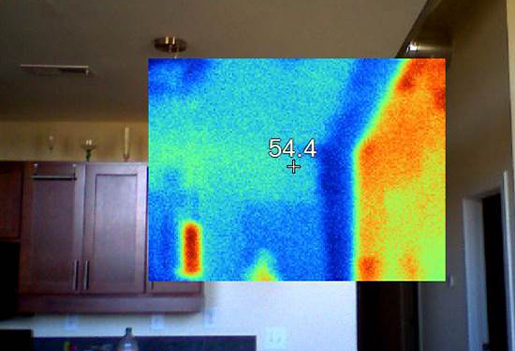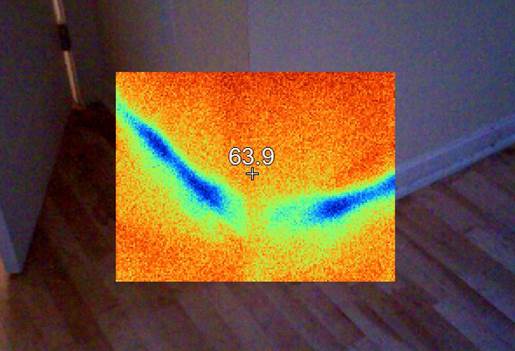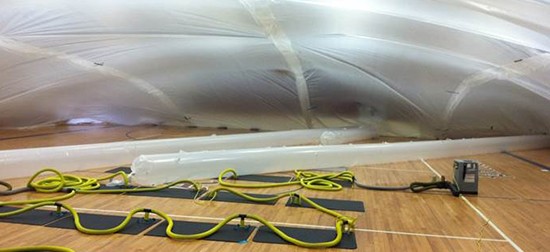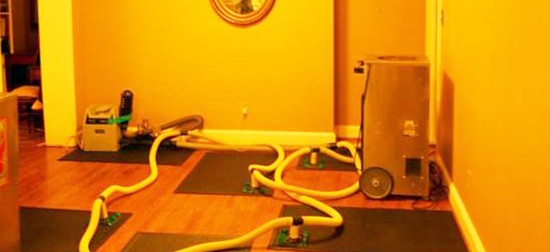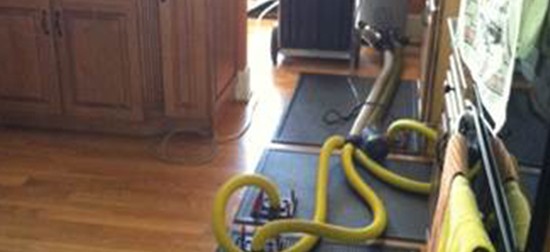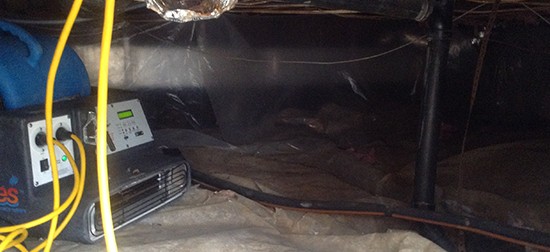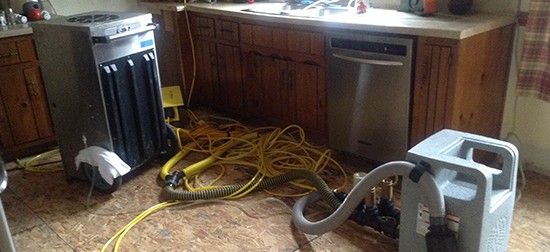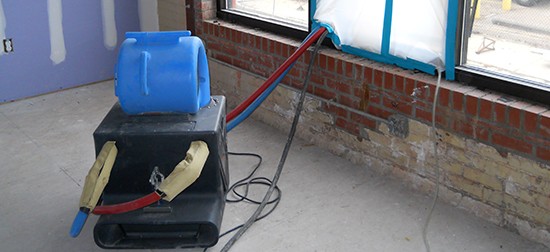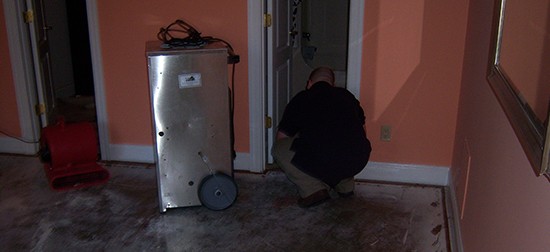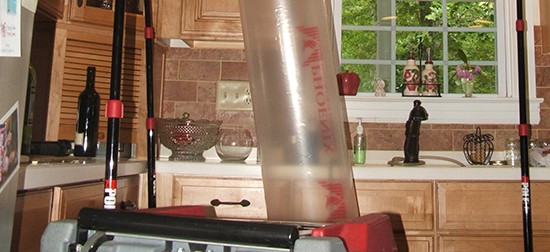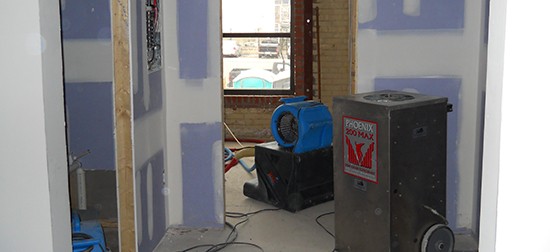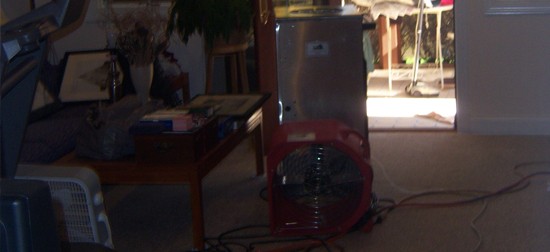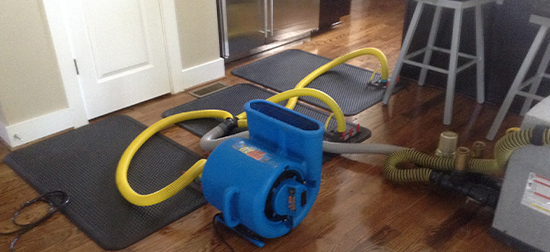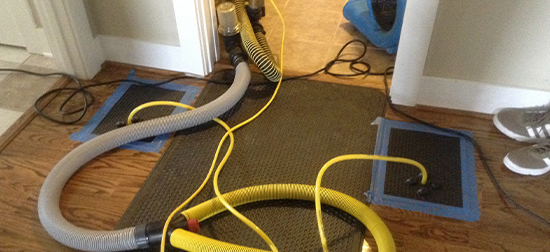Anytime I have a lot of laundry to do, I always think about how grateful I am to be born during a time with washing machines and dryers. They allow me to do some chores while watching Netflix, catching up on some work, or playing with my pets. Plus, I don’t have to put any elbow grease into cleaning my clothes. I throw them in and walk away!
Still, these handy devices don’t come without their drawbacks. Most notably, dryers can cause serious house fires if they are not taken care of properly. To learn how to prevent dryer fires from starting in your home, read on.
The Risks of Dryer Fires
According to the US Fire Administration, around 2900 dryer fires are reported every year. This causes them to estimate a total of 5 deaths, 100 injuries, and over $30 million in property loss. These facts show that your dryer does pose some serious risks to your home.
The USFA also reports that 34% of dryer fires are due to a failure to clean the appliance, making it the most common cause for these fires. Additionally, most dryer fires occur between fall and winter, with January having the most. During these months, the increase in fires may be because of poor ventilation whenever snow or ice clogs the outside vent.
What To Do
To prevent needing to hire a fire restoration team due to a dryer fire, there are some things you need to do and some things you need to avoid in order to prevent the fire in the first place. Here is what to do for preventative measures:
Installation
Ensuring that your dryer works safely starts with proper installation. If your dryer is not installed correctly, it could easily turn into a disaster. Unless you are well versed in dryer installation, hire a professional to install it for you. This ensures that the dryer is installed safely and correctly.
Whether you or a professional installed the dryer, ensure that the right electrical plug and outlet are used. Using the wrong electrical parts is another common cause for fires. At the same time, check and confirm that everything in the dryer is connected properly.
Once your dryer is set up and ready, read the manufacturer’s directions and warnings. Although many dryer owners skip this step, it could make the difference between a safe dryer and a hazardous one. All dryers should come with warnings and care manuals. If you bought the dryer used and don’t have a manual, you should be able to look it up online.
Cleaning
As we already mentioned, failing to clean your dryer is the most common cause for it to catch on fire. This makes cleaning the most important step for preventing a dryer fire in your home.
After each load of laundry, clean out the lint filter. Even if there isn’t a lot of lint, remove what little is caught. Additionally, clean the back of the dryer too. Lint can build up there. Every six months, use a nylon brush to clean out the lint filter completely. You may need to do this more often if it becomes clogged. Every three months or so, clean the vent pipe out to remove any built-up lint.
If you notice it’s taking longer to dry your clothes or that the dryer sounds funny, hire a professional to clean it out for you.
Maintenance
Maintenance is similar to cleaning, but it is more general and covers more area. Maintenance will ensure that everything is running properly.
It is important to maintain the venting system. This includes inspecting the system. It will be located behind the dryer. Also, check to see if the outdoor vent covering opens whenever the dryer is turned on. While you are checking the covering, make sure no insects or animals are blocking the vent.
Every day, make sure that the area surrounding the dryer is clean and free of debris. You don’t want a fire to be started because of items surrounding the dryer. Simply pick up the laundry area so that no items can be burned while the dryer is on.
What to Avoid
There are also some things you specifically want to avoid in order to prevent a dryer fire.
These items have been shown to cause dryer fires. Here’s what you should avoid:
- Never use a dryer that lacks a lint filter or includes a lint filter that is broken, loose, or clogged in any way.
- Do not overload your dryer.
- Do not cover the wall damper with a wire screen or a cloth. Both of these items can collect lint, causing the dryer vent to clog.
- Never place any items containing foam, plastic, or rubber in the dryer. For example, don’t dry a rug with a rubber backing into the dryer. Instead, let it hang dry.
- Do not put glass fiber materials in a dryer. The only exception is dryer types that specifically allow it. Your manufacturer’s instructions will tell you if fiberglass materials are safe in your dryer.
- Do not dry any fabrics that came into contact with flammables. This includes alcohol, gasoline, and cooking oil. Instead, wash them thoroughly or hang dry them outdoors.
- Do not run your dryer whenever you sleep or leave the house.
Avoiding these items and anything else listed in the instruction manual, will not guarantee your dryer safe from fires, especially if you do not clean it effectively, but they will decrease the chances dramatically. Avoid these items so that you don’t need disaster restoration after a dryer fire.
Conclusion
Your dryer is likely one of the most used and helpful features in your home, but it can quickly turn into a nightmare if you don’t take special precautions with the appliance. Make sure to clean your dryer thoroughly, and never use a dryer with a broken or lacking lint filter. Simply by cleaning your dryer and paying attention to lint buildup and ventilation, you will make your dryer much safer.
Are you in need of a fire restoration company?
Call VRS today!



